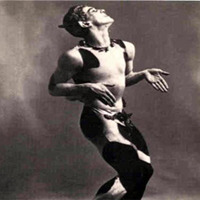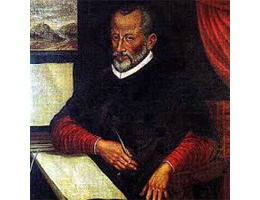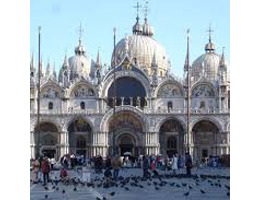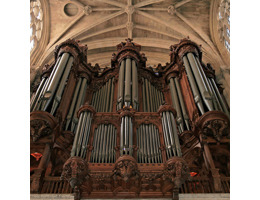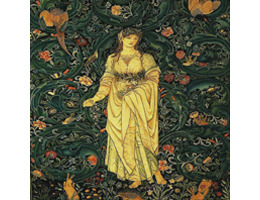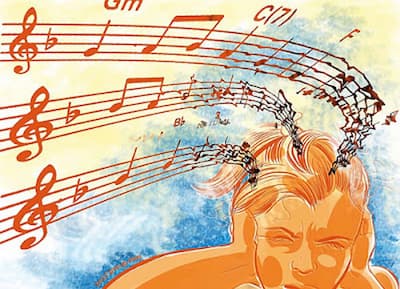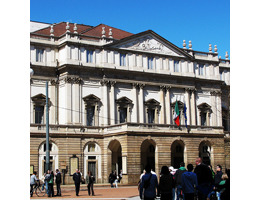The current exhibition at the National Gallery of Art in Washington, D.C. “Diaghilev and the Ballets Russes, 1909-1929: When Art Danced with Music” brings into focus one of the most productive eras in the arts, in which poetry, art, theater,
In tune
Can one cook an authentic Chinese meal without ever having had a taste of the cuisine? It would be safe to say that the above would prove extremely tricky. As with most other things in life, it is hard to
The Counter-Reformation, also known as the Catholic Revival or Catholic Reformation, began with the Council of Trent in 1545 and ended at the close of the Thirty Year’s War in 1648. A direct response to the Protestant Reformation, it sought
Giovanni Gabrieli, In ecclesiis I vividly remember my first visit to Venice. Mind you, I came prepared, at least in the literary sense, as I had eagerly plowed through various portrayals of the city in novels ranging from Lady Chatterley’s
If you were hoping to read an article on a particular female monarch, I must disappoint you, because the title refers to the pipe organ, famously called the “Queen of Instruments” by the French composer and writer Guillaume de Machaut.
A recent exhibition of major works by the Pre-Raphaelite painters at the National Gallery in Washington, D.C. brings into focus the close relationship between painting, poetry and music which existed throughout much of the 19th century.
“A man that hath no music in himself, nor is not mov’d with concord of sweet sounds, is fit for treasons, stratagems, and spoils.” This is how Shakespeare described a soul without music. To most of us, music appreciation, like
Every year on 7 December something magical happens in the Italian city of Milan. For one, the city celebrates its patron saint Ambrose (340-397). A revered archbishop, he is widely recognized as one of the most influential ecclesiastical figures who

